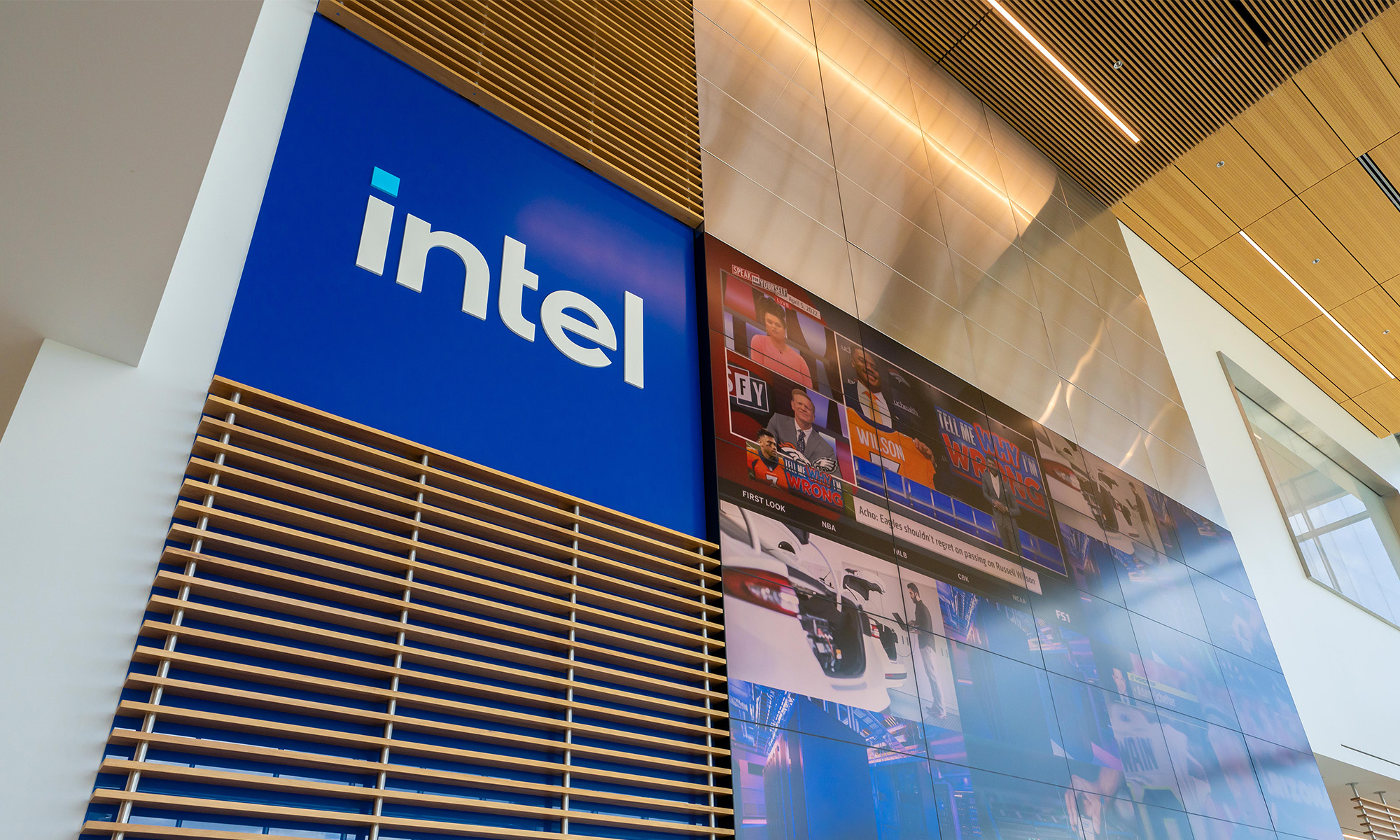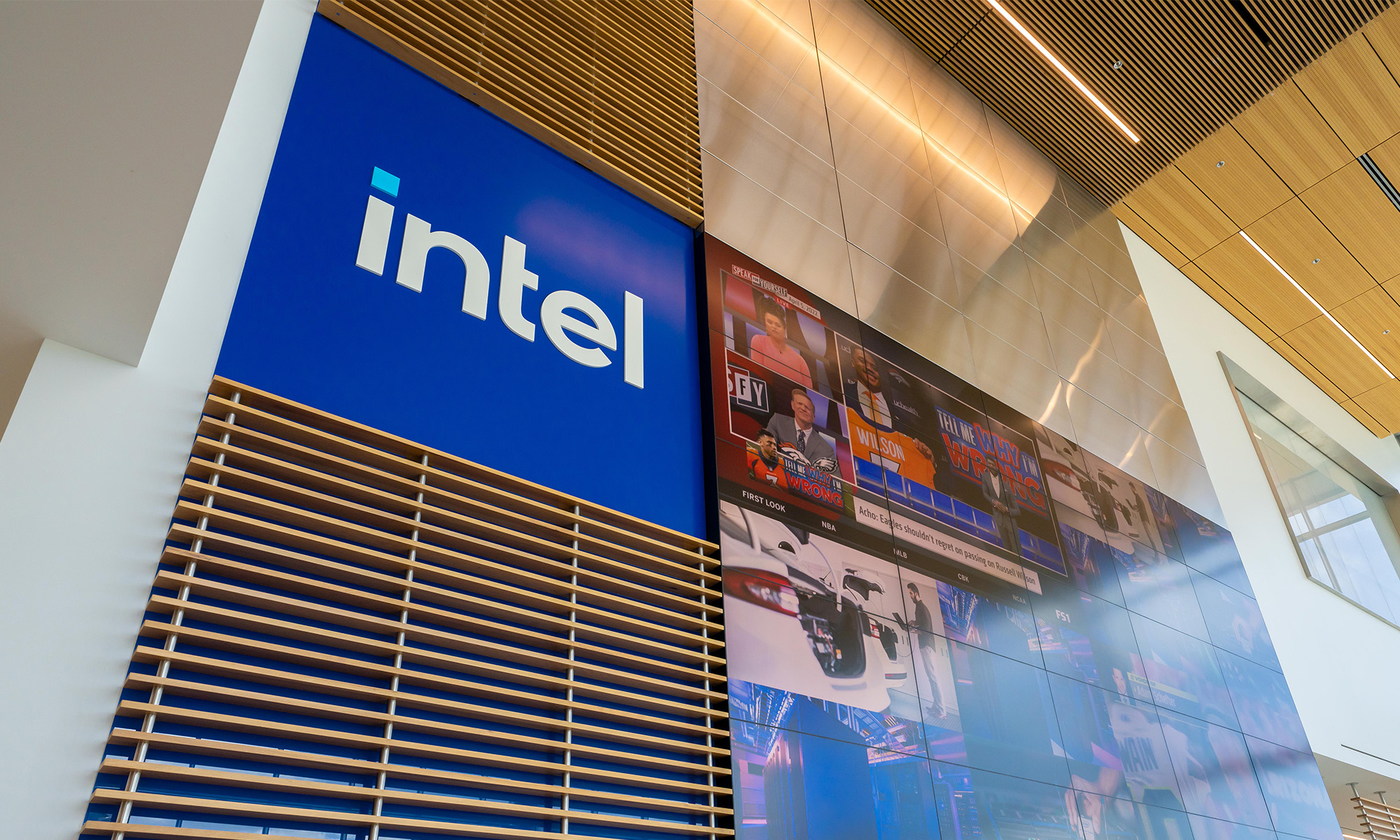As an Intel (INTC 0.52%) investor, Intel's mobile progress has been somewhat frustrating. While the company's offerings continue to become more competitive each and every year, we're still not at a time where we can point to a product in this space that Intel has done particularly better than anybody else (which is strange for Intel given its performance in PCs and servers).
That said, Intel has world-class manufacturing, and the latest CPU core embedded in its mobile products -- known as Silvermont -- is quite good. Further, Intel's modems seem to be second only to Qualcomm's. So, why did Intel partner with Rockchip for low-cost tablets in China?
This deal makes sense (but it's still odd)
If you'll remember, Intel announced a partnership with Chinese system-on-chip vendor Rockchip in a bid to expand its share of the tablet market, particularly in China. The deal basically involves (from my understanding) Rockchip taking the basic system-on-chip framework that Intel has developed for its SoFIA integrate apps processor/modem products and building a quad-core variant of a dual core product Intel plans to launch later this year.
Now, at first, this would seem to be a bit puzzling. After all, Intel will be bringing to market a quad-core LTE-capable variant of SoFIA, so the difficulty of doing a 3G-only version of this product could not have been all that high for Intel's internal teams. That said, it does seem likely that Rockchip had something Intel didn't.
What could that have been?
Possibly video decode/encode capability?
If you head on over to SemiAccurate.com, you'll notice an article detailing a part from Rockchip based on the ARM (ARMH +0.00%) Cortex A12 and ARM's Mali-T760 graphics processor. The interesting thing about this particular part is that the chip includes a dedicated hardware decode block for 4K H.265 video.
Intel's mobile system-on-chips have typically lagged in the following areas:
- Video encoder/decoder
- Image signal processor (or ISP)
- Graphics processor (although when Intel uses Imagination's) PowerVR the implementations are quite competent)
Intel's ISP seems to be good enough for tablet usages (most tablets don't go beyond an 8MP camera, which Intel's ISP can handle), and there is strong graphics IP that Intel can license elsewhere. As far as video encoding/decoding goes, though, Intel doesn't look like it's going to have that worked out until the Broxton part is scheduled for launch at some point in the second half of 2015. Perhaps Rockchip simply had such key IP available to be integrated into a low-cost chip before Intel would have been able to?
Or maybe Intel really just couldn't spare the resources (and wanted Rockchip's customers)
While the above is fun speculation, Occam's Razor could apply, here, and it really could just be that Intel didn't have the resources to take on yet another system-on-chip project to meet customer demands. Further, given that Rockchip does have a pretty substantial customer base, perhaps Intel simply wanted to broaden its customer base as much as possible.
This then leads to the obvious question: Why doesn't Intel simply buy Rockchip? While this would require Rockchip (under the Intel banner) commit the cardinal sin of selling ARM-based system-on-chip products for a generation or two, Intel could transition those designs and customers to Intel Architecture and call it a day.
Foolish bottom line
There's still a lot unanswered about this deal with Rockchip. Was it based on technological needs? A lack of resources to do another chip on Intel's part? Or is it simply the obvious: a way for Intel to play IP licensee and fab to Rockchip over the long haul to grab more of the total tablet market?
I'd be very interested in hearing the community's collective Foolish thoughts on the matter, so don't hesitate to leave your comments below!






